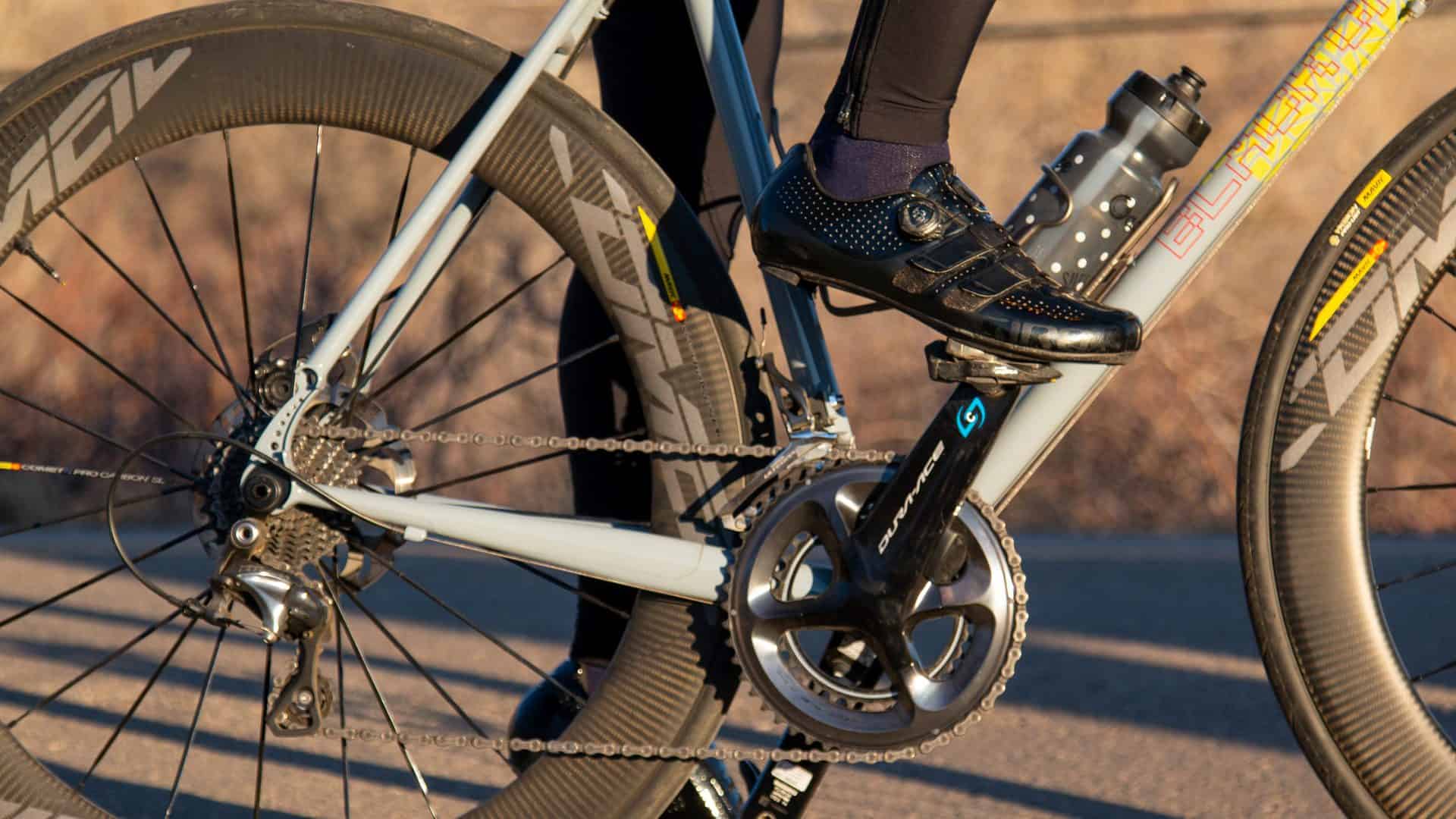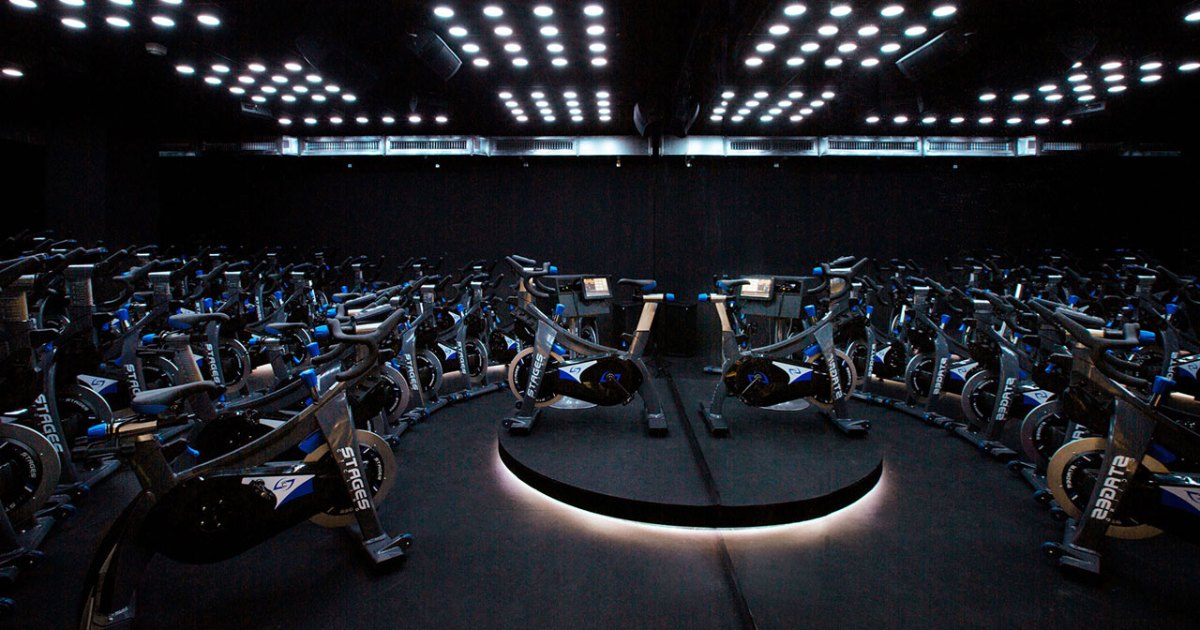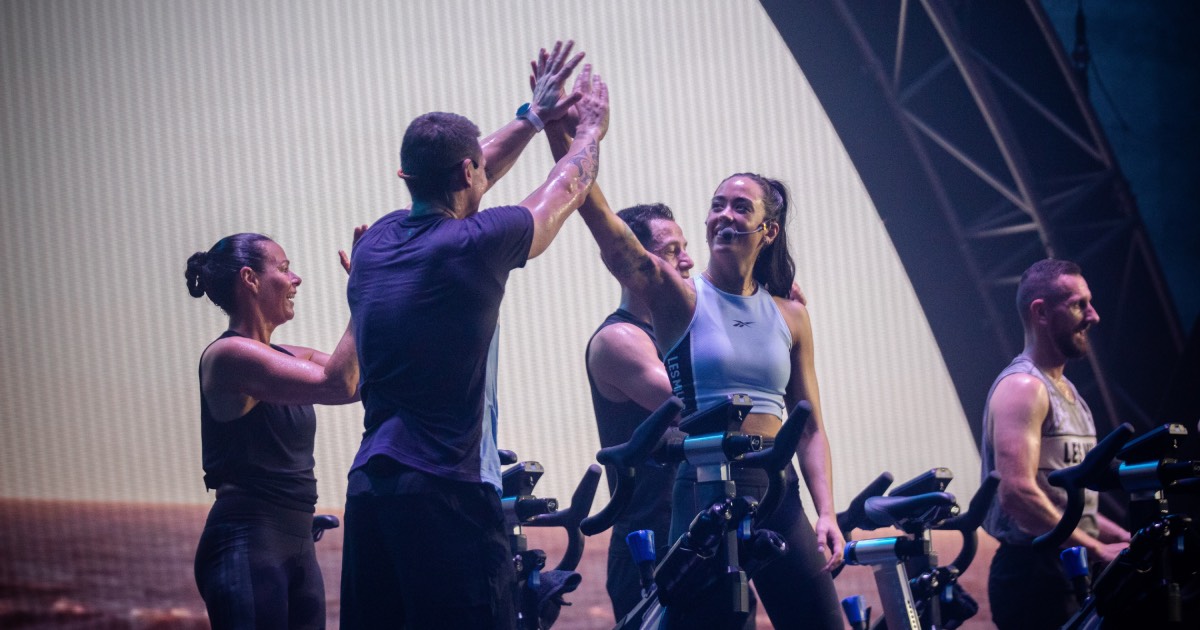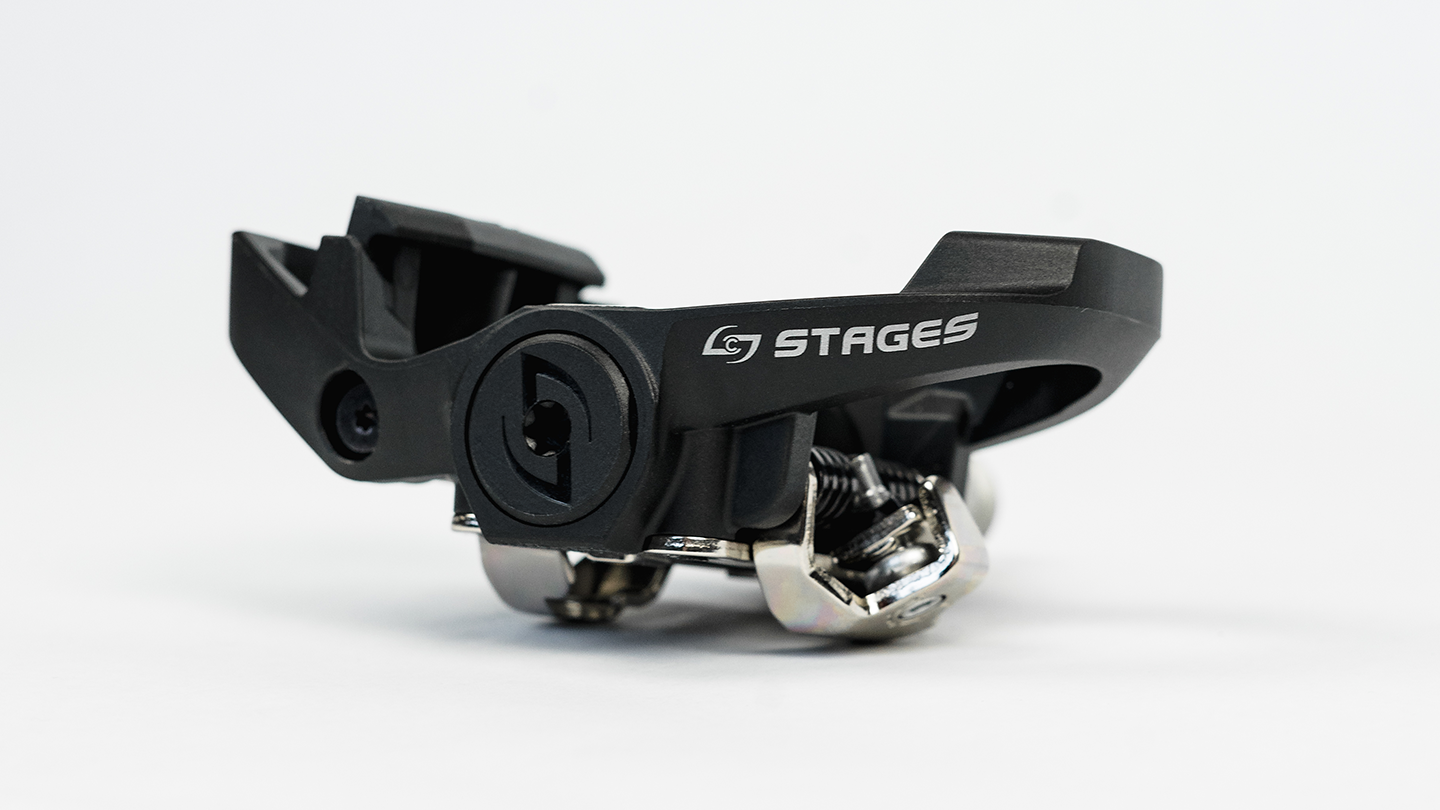Train Smarter: How to Find the Balance Between Work & Rest
- By Whitney Dawson
- Published: May 18, 2022
- Last Updated: Oct 14, 2022

Train Smarter: How to Find the Balance Between Work & Rest
Credit to writer Stages Cycling Master Educator, Pam Benchley, and Indoor Cycling Association for publishing the article.
“I sure hope my cycling class today is EFFECTIVE!”
…said no participant, ever.
Let’s face it. Why do most people come to your indoor cycling classes? Usually it’s because of the fact that the time of class fits their schedule, they love your music, and of course, you make it fun.
But how effective are your classes?
I recently had the opportunity to sub a couple of morning cycle classes at my club. The first time I walked in, I heard: “Oh no—you are subbing? It’s going to be so HARD!”
That got me thinking. I realized, it’s not that my classes are too intense, it’s the fact that they are effective. Goal based. Smart. And yes, I would like to think that is what makes them fun.
After that first subbed class I wanted to get that message out to my potential riders for the next one, so I posted this on my Facebook page:
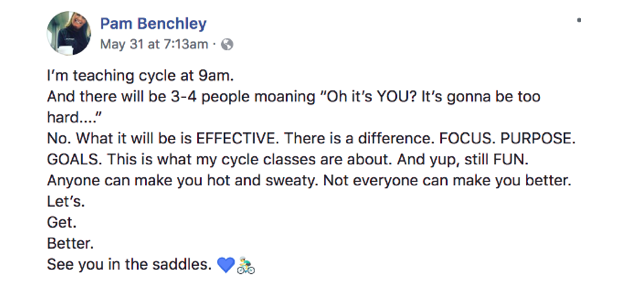

Using technology in your indoor cycling class
As a master educator for Stages Indoor Cycling, I am fortunate enough to be able to utilize Stages group display in my classes. In a nutshell, Stages group display allows us to quickly assess a participant’s FTP, or functional threshold power, in as little as 3 minutes. This personalizes their wattage for that class so that they can hit the desired targets in the profile.
RPE versus Power in cycling
Why not just use RPE [rate of perceived exertion]? Well, can we agree that some days everything FEELS easy? Other days, everything seems hard [we call those Mondays, yes?]. Now, RPE is a fine tool, and yes, I still use it. But keep in mind, it is subjective and only as good as you describe it. We have the ability to take the guesswork out of, well, work.
So, let’s utilize those tools in our toolbox.
When I set goal-based targets in my profiles, participants are encouraged to actually hit those targets, and they are able to see if they are effectively doing so. Not only that, they begin to understand that although they may be able to hit what we call a Z7 or neuromuscular power, they can’t maintain that intensity for very long due to physiological limitations. Our understanding of exercise science backs up the reasons why this very high effort cannot be sustained.
The proof is in the power. Period.
The importance of recovery intervals
Exercise becomes effective when we start utilizing the optimal dose of work-to-recovery intervals. Yes, recovery—it’s where the magic happens.
In other words, stop making classes harder just for the sake of being hard. We need to stop the glorification of workouts that almost kill people.
Good coaches know to rely on metrics such as wattage (think: work) and heart rate (think: response to work) to determine if goals are being met. If an athlete can hit 10 repeats that day at the desired goal, that is the workout. Not 11. The workout is finished when goals are no longer being met, not because the clock dictates it or because the instructor wants to be known as the hardest in the land.
Implementing goal-based cycling workouts
Implementing goal-based workouts does not have to be complicated. Start by choosing a metric. As an example, let’s say distance. Determine a time and intensity, as in 2, 3, or 5 minutes at X intensity. Go hard for that number of minutes. How far did you go according to the console? There is your baseline. Notice I did not “dictate” a given distance—it’s completely relative to the individual.
Another example is to have them go for 2, 3, or 4 minutes as hard as they can and see what their average power is for that duration. Again, you aren’t dictating it, you are asking them to set their own benchmark.
Give them a couple minutes of recovery, and boom! Lather, rinse, repeat. Try and match or beat that distance or that average power with a desired number of intervals. Include variety such as different cadence ranges. Add some fun, zippy music tracks and you have a class that is goal-based, effective, and pretty darn fun too [for those who use the adjective “fun” for hard work]!
Almost any indoor cycling instructor can get you hot and sweaty.
Think about becoming a better COACH.
Let’s work on making both our classes and our participants better.
Writer Pam Benchley has been a Stages Master Educator since 2011, as well as a national and international presenter. She is also a recreational triathlete, having recently completed her second Ironman triathlon in 2017.
Take an indoor cycling certification with Pam at Stages Cycling University.












